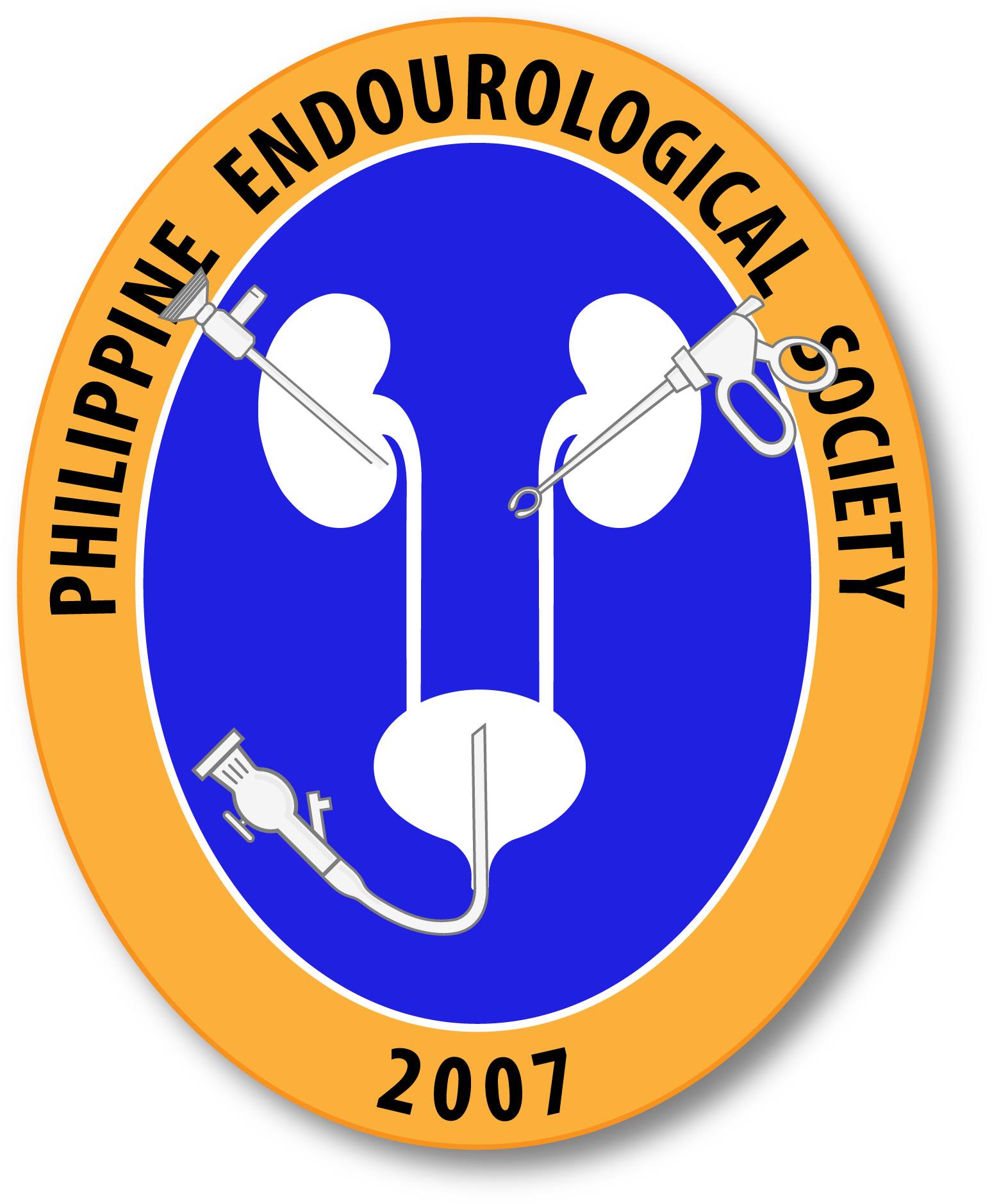OLFML2B Is a Robust Prognostic Biomarker in Bladder Cancer Through Genome-Wide Screening: A Study Based on Seven Cohorts.
Bladder cancer lacks useful and robust prognostic markers to stratify patients at risk. Our study is to identify a robust prognostic marker for bladder cancer. The transcriptome and clinical data of bladder cancer were downloaded from multiple databases.
